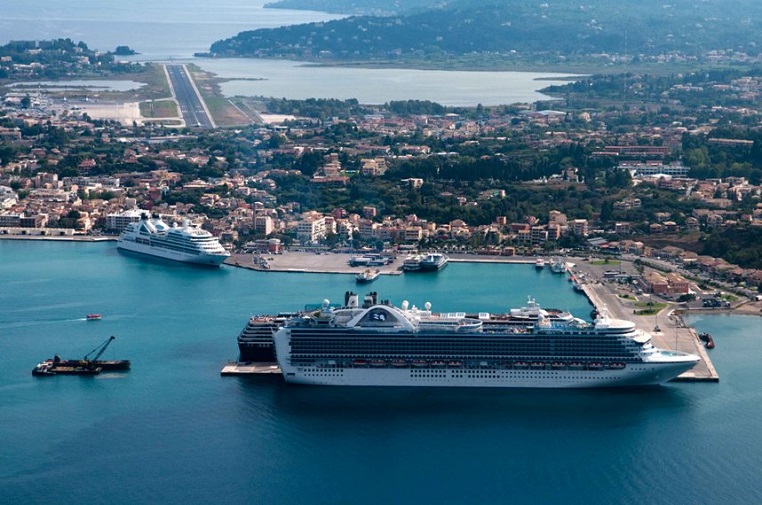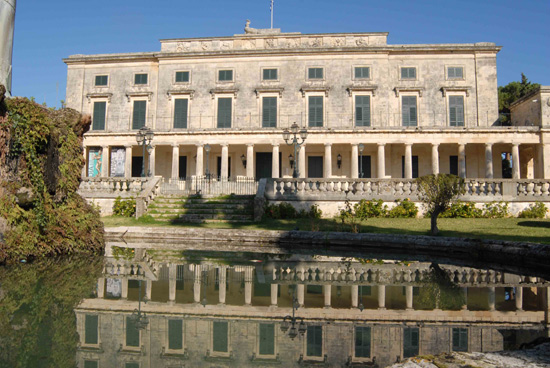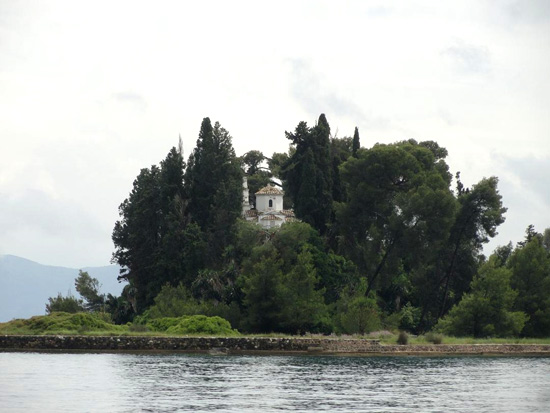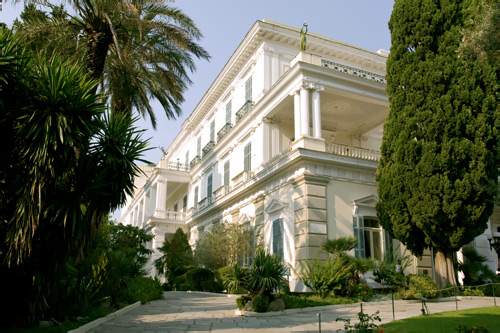The visitor that will wander around the city of Corfu, the suburbs, the communities and the greater area
of the Municipality of Corfu, will have the chance to discover the ‘dowry’ that nature and man gave to Corfu.
The ‘Old City’ recalls past ages; the European influences are visible everywhere and harmoniously coexist, giving to the city a special color.
There are no mosques and minarets in Corfu.
No stamp of Asiatic occupation can be found on the island. Here that Europe meets Greece and the nature ungrudgingly spread hundreds the shades
of green and blue, the Corfiot Civilization developed with significant particularities that make him stand apart.
The Achilleion
The Achilleion is the summer residence that was build in name of the Austrian empress Elisabeth between 1889 and
1892 on the Greek island of Corfu.
After Elisabeth had visited Corfu in the sixties on several occcasions for health reasons, she became very interested
in Greek mythology. She travelled to Greece on a regular basis. After the tragic death of her son Rudolf she decided
to start a living on Corfu. Her husband,
the emperor Frans Joseph was willing to pay the cost of 9 million gold franks.
Mouse Island or Pondikonissi – Vlacherna
pondikonissi or Mouse island is the name of the the most remote island in the bay south of Kanoni, just south
of Corfu town.
The island is often confused with and mixed with the nearer by island of Vlacherna which is connected with the main land by means of a small dam where also some fishing
boats area.
On Vlacherna there is a white monastery and a very tall tree. This is one of the most photograhped places in the whole of Greece. In the background is Mouse Island. From Vlacherna during the summer months there are boats (in high season every hour) to Corfu town and you can also make a trip to Pondikonissi/Mouse Island.
Museums on Corfu
In Corfu Town there are a number of interesting museums. The Antivouniotissa Museum or Byzantine Museum, situated in the 15th century Panagia Antivouniotissa Church, is standing at the stairs that leads from the Arsenioustreet. There is a small but varried collection of icons and wallpaintings that date from the 15th to the 19th century. There are many portraits of saints and a number of biblical scenes. Many of these icons originate from Crete. During the Venetian rule Crete was the most important art center of Greece and many artists from Crete that were en route to Venice made a stop at the island of Corfu. Some of the works that were left by these artists are exhibited here.




